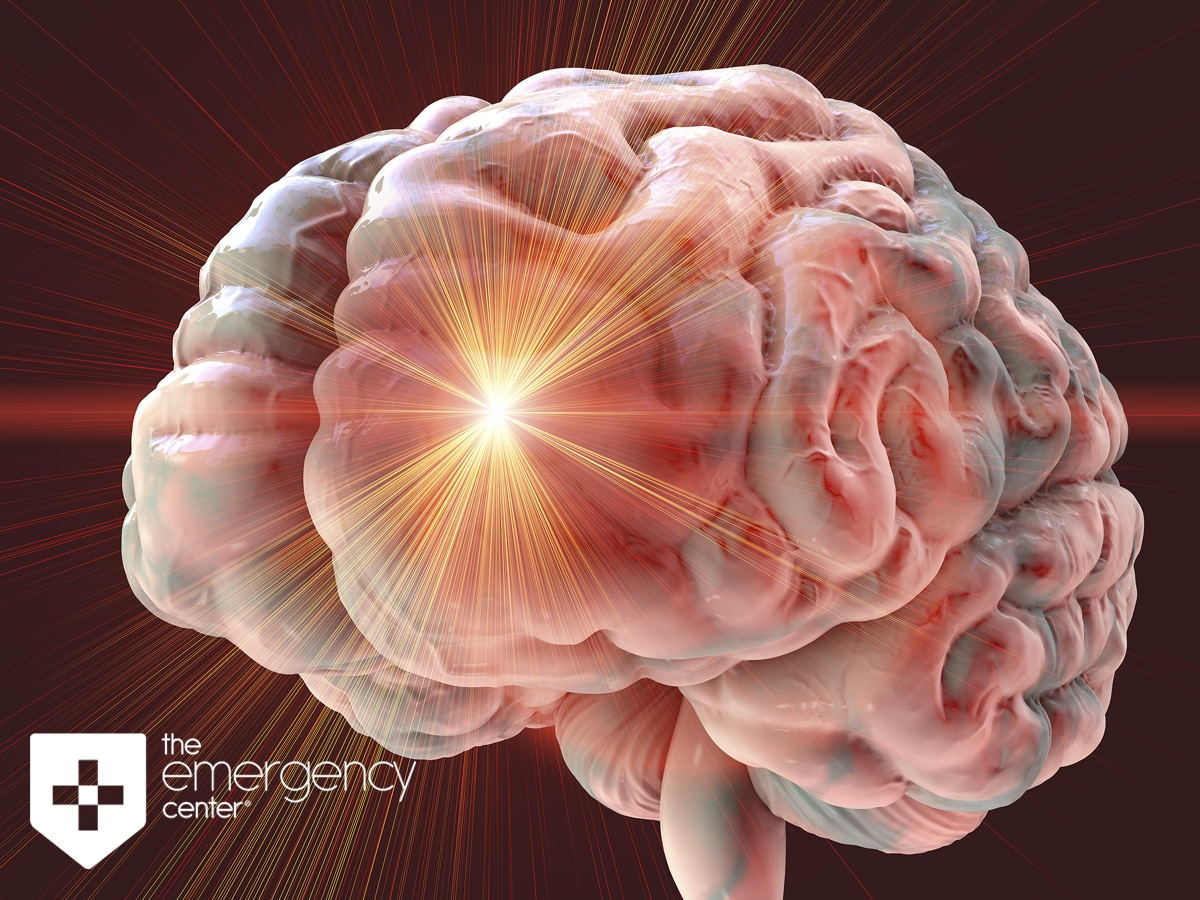Common Brain Aneurysm Signs & Symptoms
Identifying The Warning Signs Of Brain Aneurysms
A brain aneurysm is the bulging of an arterial wall in the brain. Also called a cerebral aneurysm, these bulges often go undetected due to the symptoms, which can point toward many other medical conditions. Because these aneurysms are sometimes hard to diagnose, over half of brain aneurysms result in a rupture. Ruptures occur when pressure from the bulge of an arterial wall causes the swelling to burst, resulting in an internal hemorrhage. Ruptures are very scary because they cause immediate and excruciating symptoms. Ruptures from an aneurysm can also often be fatal.
Many cases of a brain aneurysm often do not show any symptoms at all. It is essential to understand that there are warning signs that people may not consider until it is too late. These indicators are crucial in recognizing brain aneurysms before they cause dangerous health complications.

Understanding A Brain Aneurysm’s Symptoms
-
Headaches Are The First Sign
Possibly the most well-known effect of a brain aneurysm is a severe headache. Headaches and migraines can happen for many reasons, so it may seem a little dramatic to assume that a minor one is because of an aneurysm. However, two types of headaches can result from them. The first is called a sentinel headache. These headaches are often described as unbearable and cause excruciating pain. Sentinel headaches are medical emergencies. The other type of headache caused by a brain aneurysm is more of a continuous headache that is ongoing for a couple of weeks. This type of headache isn’t an indicator of a rupture, but aneurysms commonly cause this type of pain.
-
Your Vision May Be Impaired
A brain aneurysm can cause a significant impact on vision by causing pressure to the optic nerve in the brain. One type of vision impairment, called a nasal quadrantanopia, causes vision loss when the aneurysm causes excess stress on an optic nerve. The other cause of vision loss is bitemporal hemianopsia (or Bitemporal hemianopia). It is a mass compression on the optic nerve crossing. The result from these impairments is blurred vision, vision loss, and some have also claimed to have seen white spots in their field of view. Patients suffering from a brain aneurysm may also experience double vision. Double vision occurs because, in some cases, the aneurysm causes compression to a cranial nerve. The compression then disables one eye from moving in all directions. Compression in the eyes also can cause drooping of the eyelid and sensitivity to light.
-
Brain Aneurysms Cause Severe Pain
Brain aneurysms can cause compression on cranial nerves, causing intense facial pain. The pain is centrally located and on only one side of the face. The intensity and frequency of the pain fluctuate, increasing in pain or happening in sudden attacks. The pain may cover half of the entire face or may focus on the forehead or cheek.
-
Strokes & Seizures Are A Warning Sign
Brain aneurysms, along with many other brain conditions, can result in a stroke and small seizures. A seizure is the brain reacting to a brain aneurysm. In contrast, strokes also happen when a blood clot located within bulge from an aneurysm breaks away and blocks the blood flow from other vessels. It should be considered a medical emergency anytime these symptoms occur, especially if the is no previous history of having them. Strokes and seizures are usually indicators of an underlying disease.
-
Brain Aneurysms Cause Nausea & Vomiting
It can be easy to confuse symptoms of nausea and vomiting with almost anything. Many people assume that they got nauseous because of something they ate. However, if these symptoms are happening along with other signs of an aneurysm, then there is all the more reason to seek medical attention.
-
Hormonal Problems & Erectile Disfunction
Depending on location, the compression caused by a brain aneurysm can cause specific hormone-producing glands to malfunction or even to seize functioning altogether. The pituitary gland sits in the front of the brain, underneath the hypothalamus. The gland is responsible for controlling many other glands throughout the body. Aneurysms pressing into this gland can cause endocrine problems, which can range from sexual problems such as erectile dysfunction, problems with menstruation, and complications in other glands such as the thyroid.
Knowing The Signs Of Brain Aneurysms Helps Save Lives
Brain aneurysms are more common than some may think. Research estimates that 1 in 50 Americans have one. Thirty thousand of these aneurysms result in a rupture. Once an aneurysm has ruptured, the mortality rate is 50%. It is sobering to know that brain aneurysms can develop quietly and burst almost instantly. By recognizing the early warning signs of an aneurysm, the chances of preventing a fatal occurrence are significantly improved.
Contact A Freestanding ER In Case Of A Brain Aneurysm
The Emergency Center is here for you if you are having a medical emergency. Do not hesitate to come to The Emergency Center, as we will perform a free Medical Screening Exam to determine if you are having a true emergency, or if you can wait for an Urgent Care or your regular physician. You can even call us in advance to reserve a room! The Emergency Center provides up to 23 hours of Observation and offers 24/7 care with NO WAITING. Visit The Emergency Center’s convenient 24-hour location in San Antonio.

The Emergency Center
San Antonio
11320 Alamo Ranch Pkwy
San Antonio, TX 78253
Phone: 210-485-3644
Conroe
4019 I-45 N,
Conroe, Texas 77304
Phone: 936-247-9457
